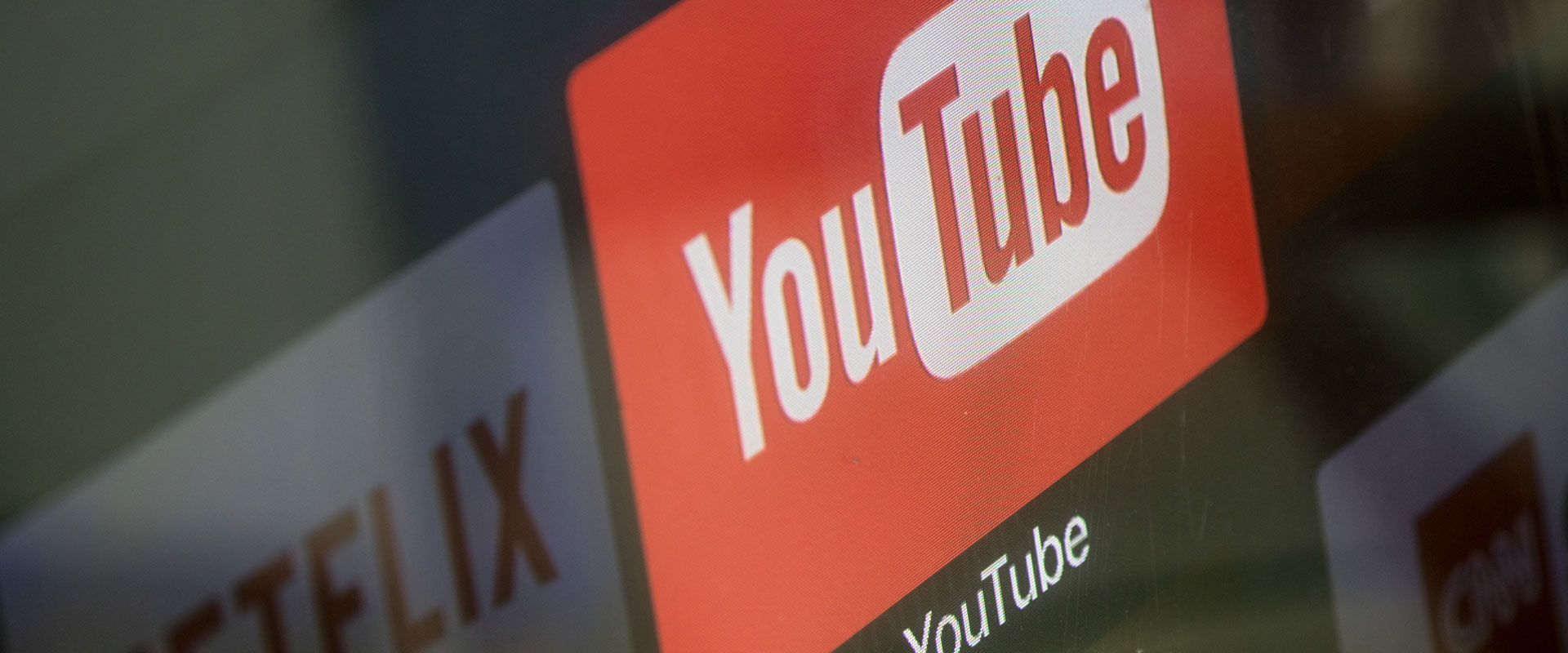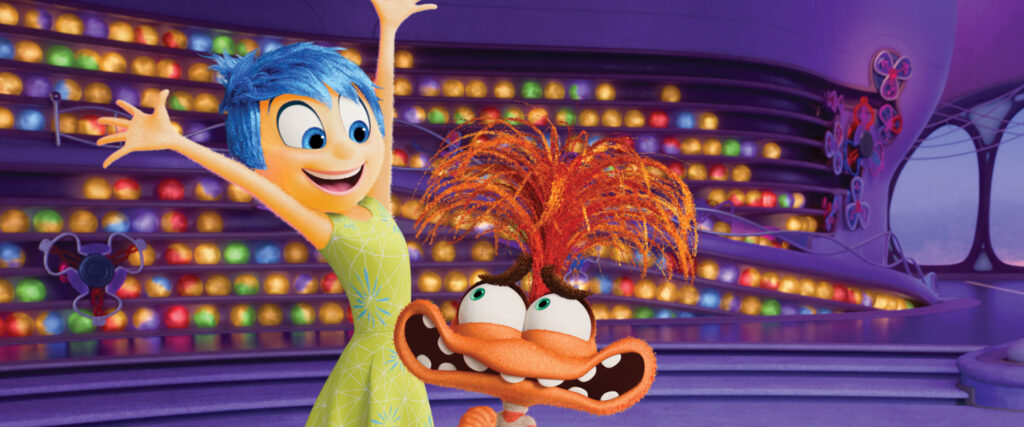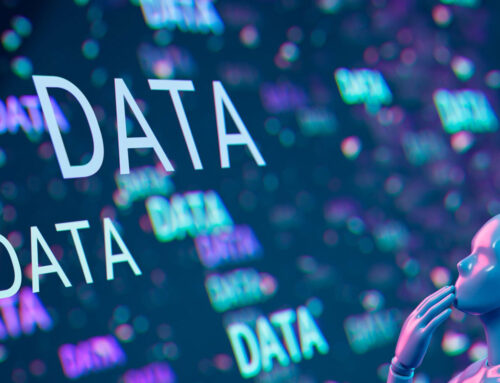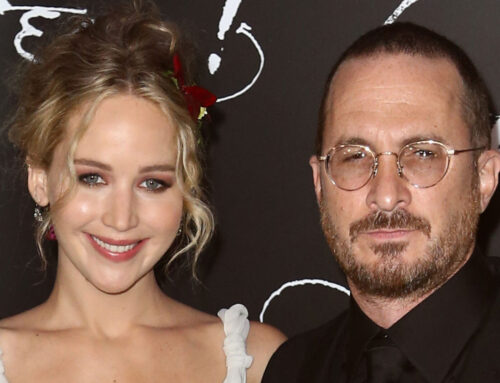YouTube’s TV Takeover: Redefining Media Power Dynamics
YouTube, renowned for pioneering user-generated content, has expanded its dominance from online platforms to TV screens. According to Nielsen’s The Gauge report for May, YouTube captured 9.7% of all U.S. TV viewership, surpassing Netflix’s 7.6%. This significant shift is prompting media giants like Netflix, Disney, and Warner Bros. Discovery to reassess their strategies in an increasingly digital-first landscape.
Rich Greenfield, a media analyst at LightShed, emphasized YouTube’s impact, stating, “Imagine YouTube on the biggest screen in the house, the TV. Every media executive needs to pay attention.” Despite its broad reach, media companies are divided on YouTube’s role. Some view it as a complementary platform, offering diverse creator-led content that resonates strongly with younger demographics. Others see it as a disruptive force, siphoning viewership away from traditional TV and subscription services.
This dichotomy has led to varied responses. Disney integrates daily discussions on YouTube in strategic meetings, exploring ways to integrate user-generated content with Disney+. They have even considered using YouTube as a promotional tool to attract more viewers to their streaming services. In contrast, Netflix and Warner Bros. Discovery are focusing on maintaining their market share outside YouTube’s realm, emphasizing curated content and personalized viewer experiences.
Tara Walpert Levy, YouTube’s VP for the Americas, highlighted its financial prowess, citing $31.5 billion in ad revenue for 2023, marking an 8% increase from the previous year. Analysts estimate YouTube’s valuation exceeds $400 billion, surpassing giants like Disney and Comcast combined.
Kevin Mayer, Candle Media co-CEO and former Disney streaming head, described YouTube as an unstoppable force in reshaping digital entertainment amid fierce competition. Disney acknowledges YouTube’s appeal to younger audiences and explores innovative strategies, such as releasing full episodes directly on the platform. Conversely, Netflix tailors content and recommendations to engage viewers uniquely. This underscores Netflix’s commitment to delivering a personalized viewing experience.
While traditional media adapts with curated content and platform-specific strategies, YouTube continues to push boundaries. It ventures into episodic and scripted series, exemplified by successes like Cobra Kai, challenging Hollywood norms and expanding its digital influence. “YouTube’s role could expand further” noted Nicky Rettke, YouTube’s VP of product management, citing AI and user-generated content as pivotal for digital entertainment’s dynamic future. As AI technology evolves, YouTube’s ability to personalize and enhance viewer experiences could revolutionize how content is consumed.
The future remains uncertain. Will YouTube’s dominance evolve as younger viewers’ tastes shift, or will it continue reshaping entertainment as we know it? As the lines between traditional and digital media blur, all eyes are on YouTube’s next move.
SOURCE: CNBC
Share:
YouTube, renowned for pioneering user-generated content, has expanded its dominance from online platforms to TV screens. According to Nielsen’s The Gauge report for May, YouTube captured 9.7% of all U.S. TV viewership, surpassing Netflix’s 7.6%. This significant shift is prompting media giants like Netflix, Disney, and Warner Bros. Discovery to reassess their strategies in an increasingly digital-first landscape.
Rich Greenfield, a media analyst at LightShed, emphasized YouTube’s impact, stating, “Imagine YouTube on the biggest screen in the house, the TV. Every media executive needs to pay attention.” Despite its broad reach, media companies are divided on YouTube’s role. Some view it as a complementary platform, offering diverse creator-led content that resonates strongly with younger demographics. Others see it as a disruptive force, siphoning viewership away from traditional TV and subscription services.
This dichotomy has led to varied responses. Disney integrates daily discussions on YouTube in strategic meetings, exploring ways to integrate user-generated content with Disney+. They have even considered using YouTube as a promotional tool to attract more viewers to their streaming services. In contrast, Netflix and Warner Bros. Discovery are focusing on maintaining their market share outside YouTube’s realm, emphasizing curated content and personalized viewer experiences.
Tara Walpert Levy, YouTube’s VP for the Americas, highlighted its financial prowess, citing $31.5 billion in ad revenue for 2023, marking an 8% increase from the previous year. Analysts estimate YouTube’s valuation exceeds $400 billion, surpassing giants like Disney and Comcast combined.
Kevin Mayer, Candle Media co-CEO and former Disney streaming head, described YouTube as an unstoppable force in reshaping digital entertainment amid fierce competition. Disney acknowledges YouTube’s appeal to younger audiences and explores innovative strategies, such as releasing full episodes directly on the platform. Conversely, Netflix tailors content and recommendations to engage viewers uniquely. This underscores Netflix’s commitment to delivering a personalized viewing experience.
While traditional media adapts with curated content and platform-specific strategies, YouTube continues to push boundaries. It ventures into episodic and scripted series, exemplified by successes like Cobra Kai, challenging Hollywood norms and expanding its digital influence. “YouTube’s role could expand further” noted Nicky Rettke, YouTube’s VP of product management, citing AI and user-generated content as pivotal for digital entertainment’s dynamic future. As AI technology evolves, YouTube’s ability to personalize and enhance viewer experiences could revolutionize how content is consumed.
The future remains uncertain. Will YouTube’s dominance evolve as younger viewers’ tastes shift, or will it continue reshaping entertainment as we know it? As the lines between traditional and digital media blur, all eyes are on YouTube’s next move.
SOURCE: CNBC









